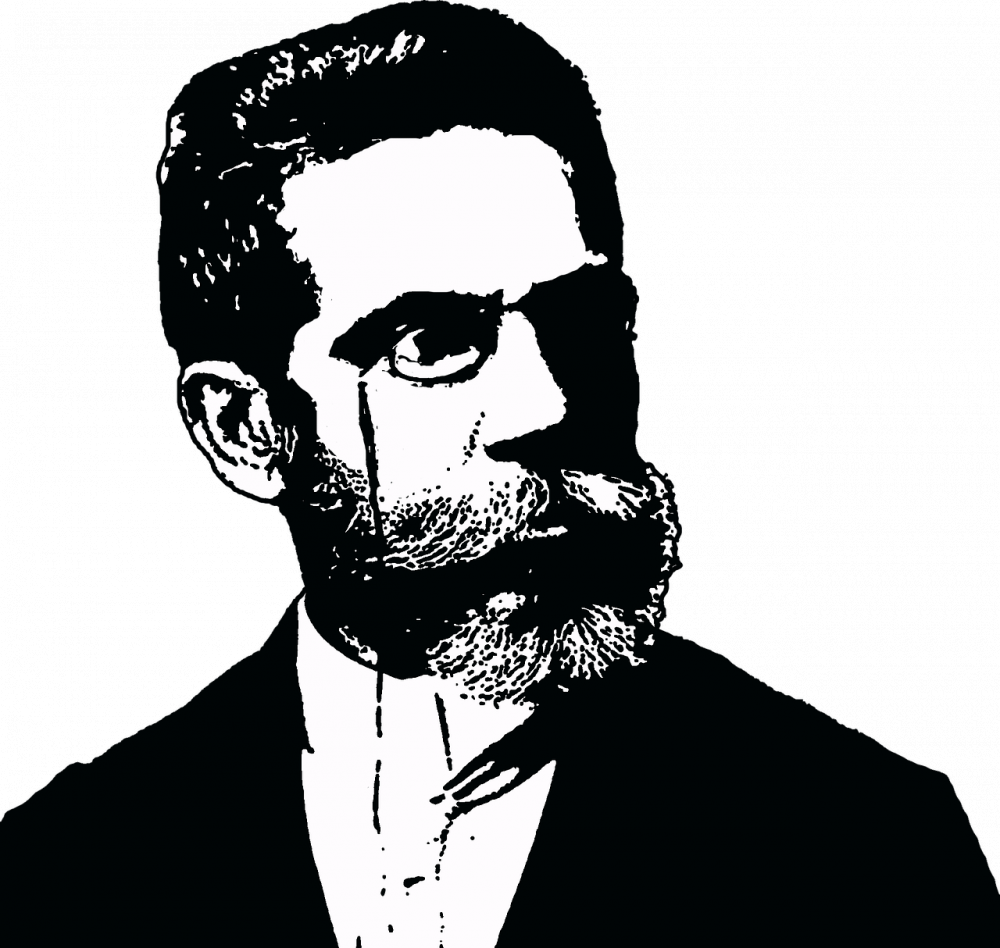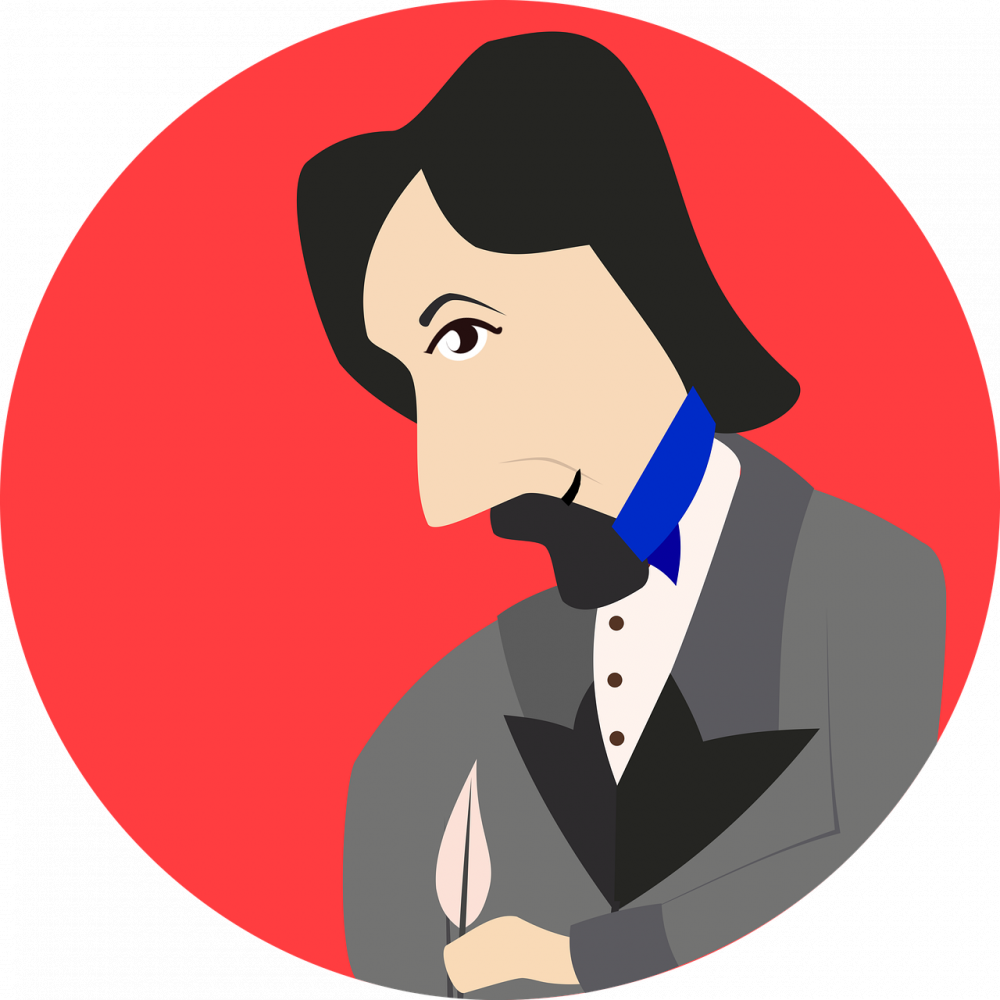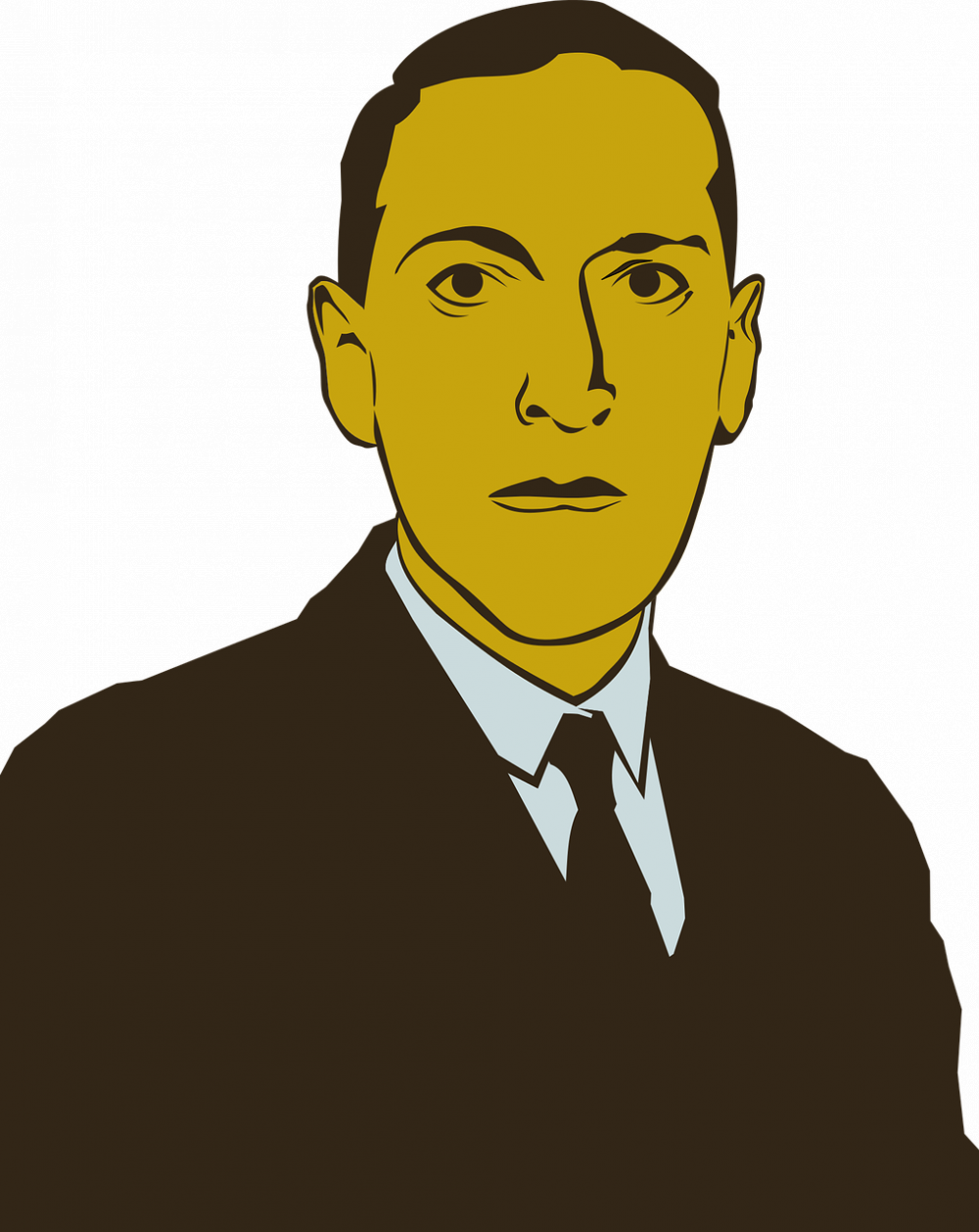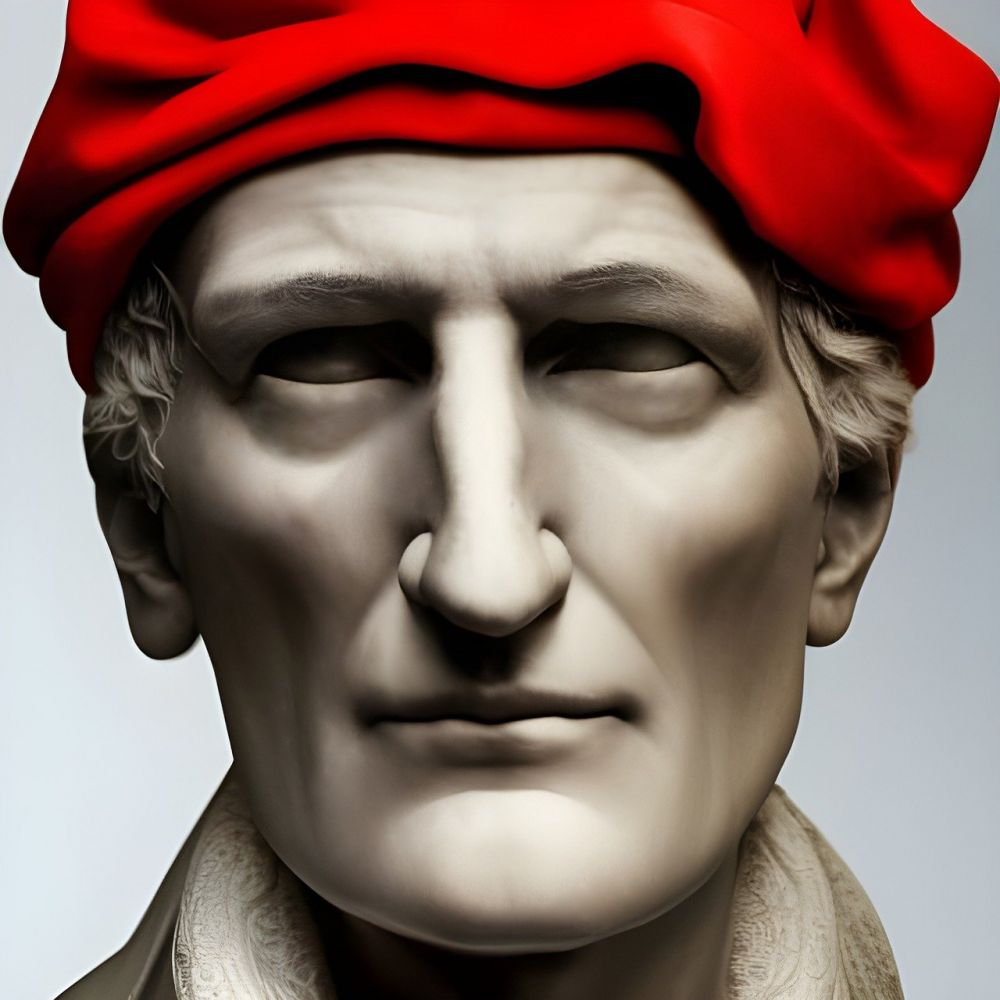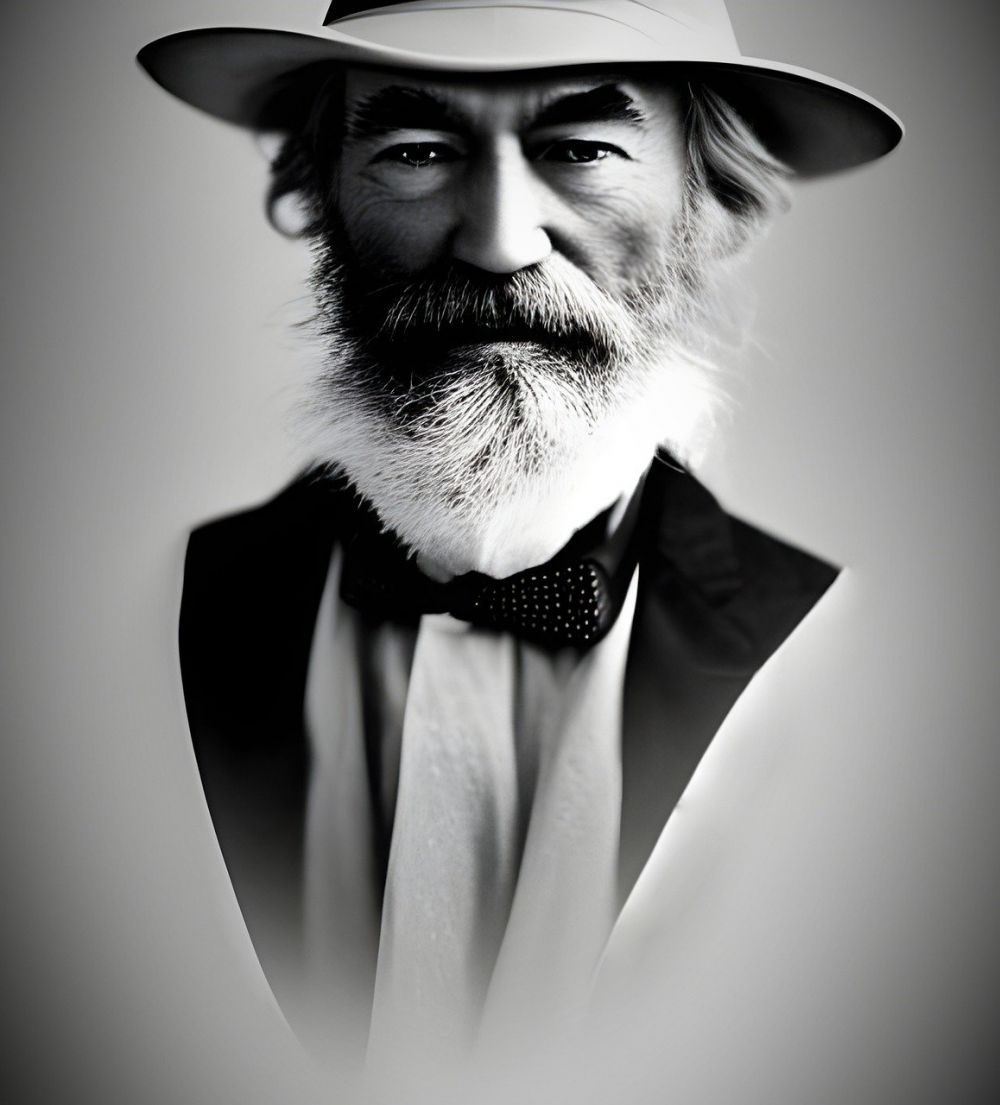H
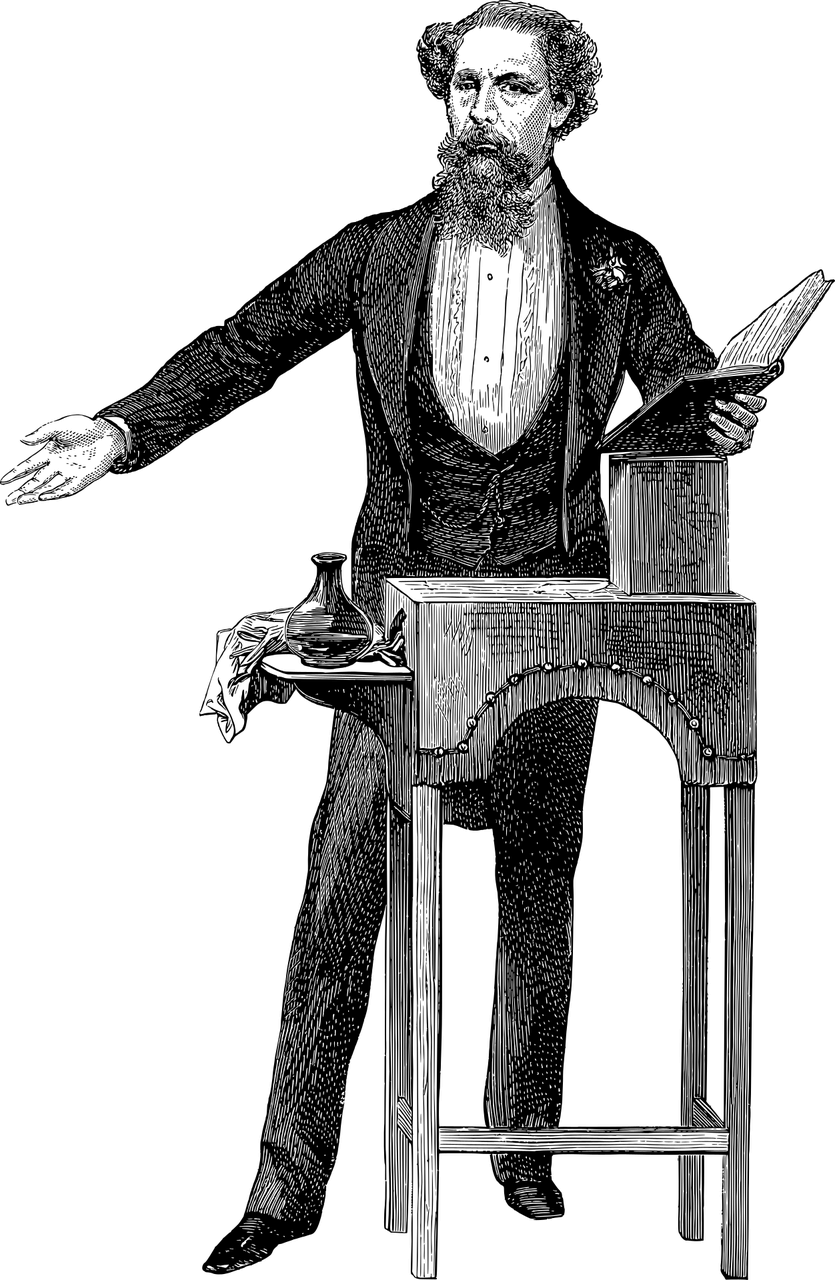
C. Andersen’s “Klokken” Analyzing the Timepiece
Introduction:
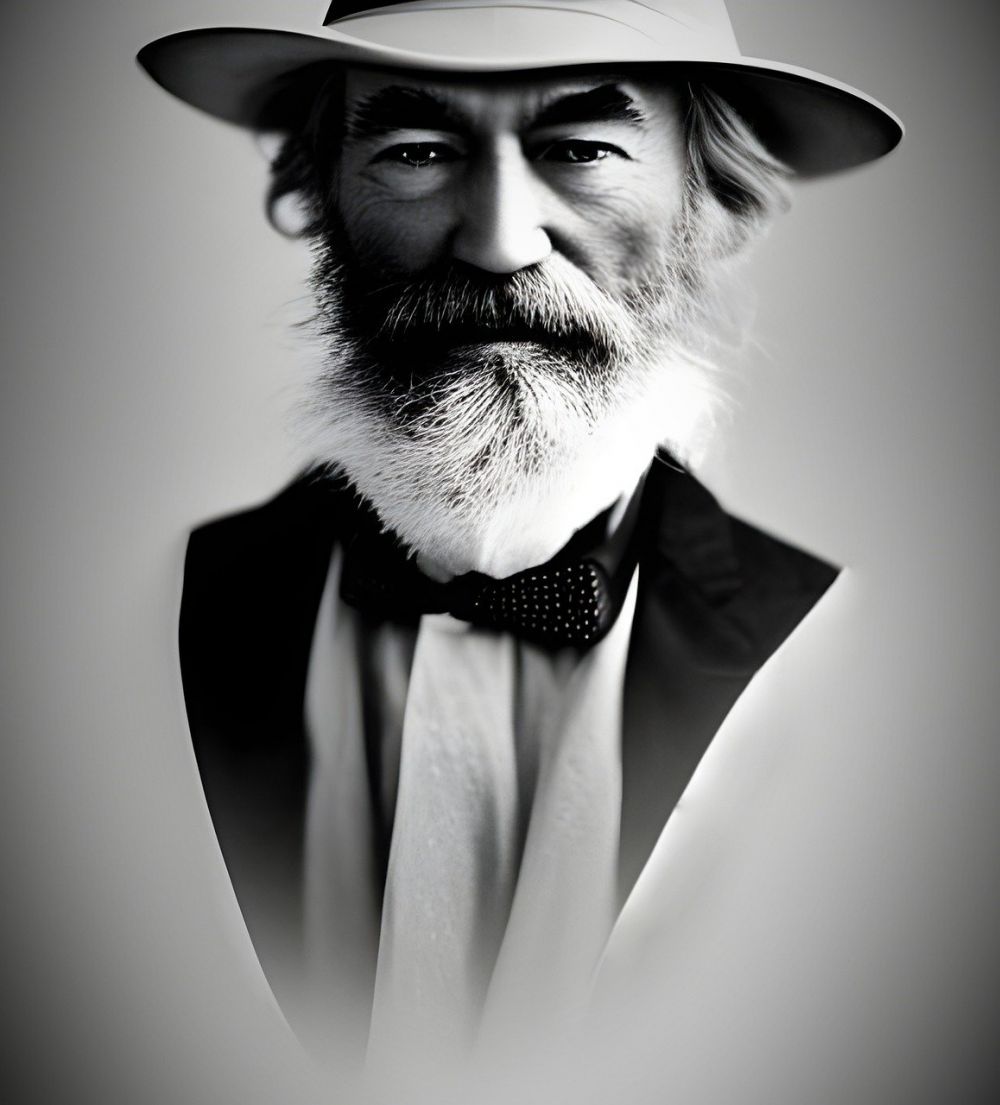
At the intersection of literature and art, .C. Andersen’s “Klokken” (The Clock) stands as an enigmatic and thought-provoking work. Published in 1845, this fairy tale holds a prominent place in Andersen’s vast literary repertoire. Its captivating narrative and layered symbolism make it a subject of analysis and discussion for those interested in exploring the depths of Andersen’s imagination. In this article, we delve into “Klokken’s” historical development, its key themes, and the significance it holds for art enthusiasts and collectors.
The Historical Evolution of “Klokken”:
A detailed exploration of the historical context and evolution of “Klokken” reveals the multifaceted nature of Andersen’s creativity. In its initial publication, the fairy tale was received with both awe and confusion due to its unconventional narrative structure and profound symbolism. Critics of the time questioned Andersen’s intentions, wondering whether he sought to create a cautionary tale or convey a deeper philosophical message.
As time progressed, “Klokken” gained recognition as an allegorical representation of the passage of time and the fleeting nature of human life. Andersen’s fascination with clocks and their intricate mechanisms served as the foundation for this literary masterpiece. Through his vivid descriptions of a magical clock giving life to inanimate objects, Andersen takes readers on a profound journey exploring the essence of existence and the transient nature of time.
Key Themes Explored in “Klokken”:
1. The Illusion of Immortality: Andersen’s depiction of a clock that bestows life upon various objects allows readers to contemplate the illusion of permanence. Just as the clock eventually ceases to tick, the characters’ existence is also finite. This theme prompts introspection about the brevity of life and the importance of cherishing each passing moment.
2. Metaphorical Symbolism: “Klokken” not only serves as a representation of time but also symbolizes mankind’s desire for control and power. The notion of the human-like clock attempting to manipulate its own fate mirrors the age-old quest for immortality and the struggle to control time. Andersen’s ability to intertwine these profound metaphors within the narrative elevates the tale beyond a simplistic fairy tale.
3. Existential Reflection: Through his exploration of time’s passage and the significance of our actions within it, Andersen invites readers to reflect on their own existence. The characters’ journey unveils the value of embracing the present moment and acknowledging the transience of life.
Structuring the Text for Featured Snippet Success:
To maximize the likelihood of this article being displayed as a featured snippet on Google search, we have structured the text accordingly:
1. Introduction Tag
2. Historical Evolution of “Klokken” H2 Tag
– Unconventional narrative structure and initial reception
– Growing recognition as an allegory of time and existence
3. Key Themes Explored in “Klokken” H2 Tag
– The Illusion of Immortality
– Metaphorical Symbolism
– Existential Reflection
4. Significance for Art Enthusiasts and Collectors H2 Tag
– Integration of literary and artistic elements in Andersen’s work
– Collecting Andersen’s literature as a cultural investment
5. Conclusion H2 Tag
By incorporating relevant bulleted points within each section, this article enhances its chances of appearing as a featured snippet, providing concise and easily digestible information to users searching for details about “Klokken.”
Conclusion:
H.C. Andersen’s “Klokken” remains an intriguing literary masterpiece that continues to captivate art enthusiasts and collectors alike. Through its exploration of time, mortality, and the human pursuit of eternal life, this fairy tale transcends boundaries between literature and art. Andersen’s audacious approach to storytelling has left a lasting imprint on the artistic and literary world, making “Klokken” a timeless piece worthy of deep analysis and appreciation.
